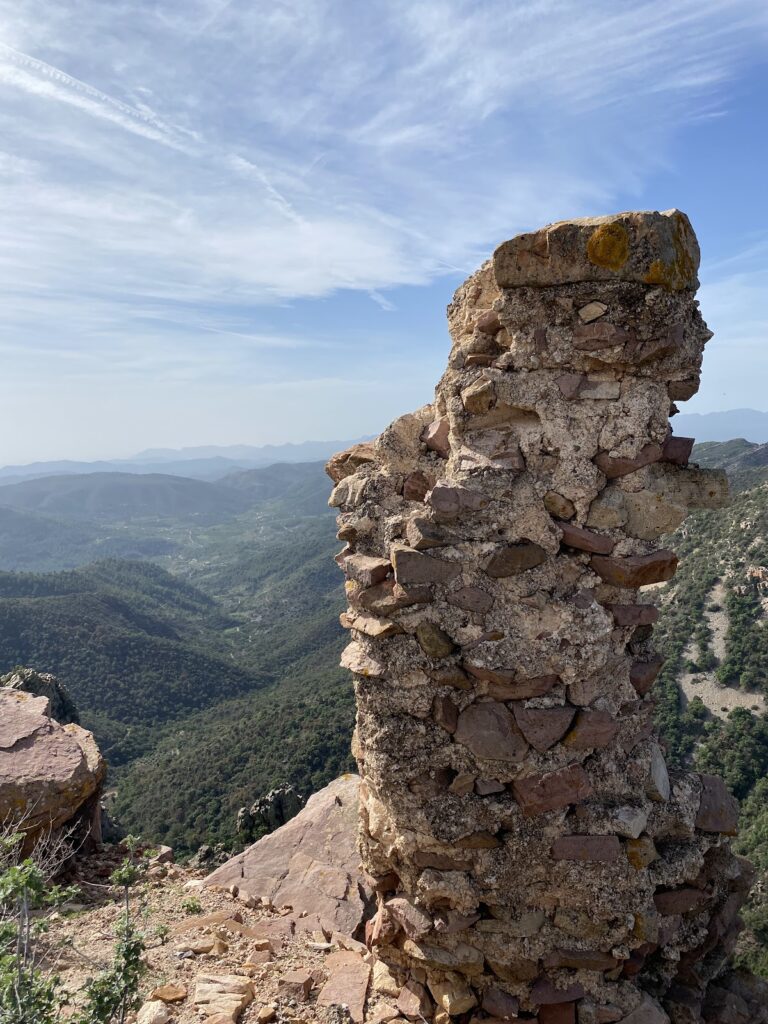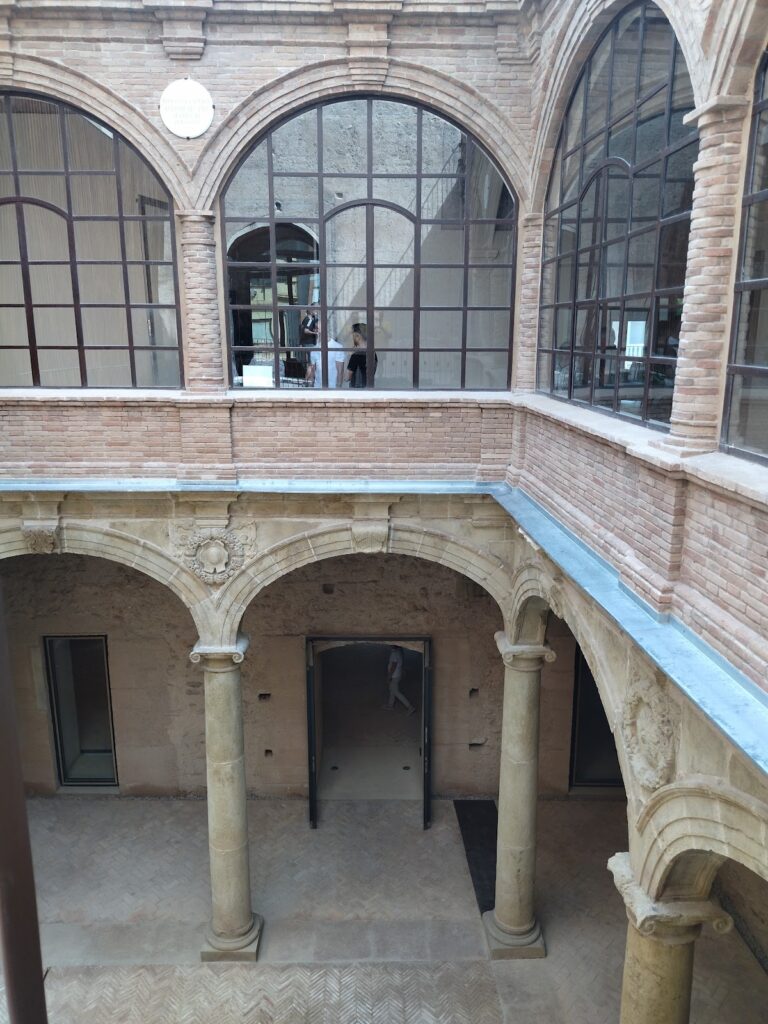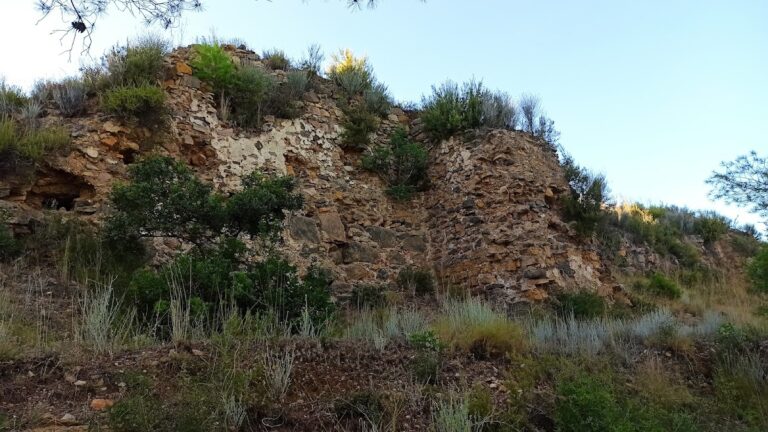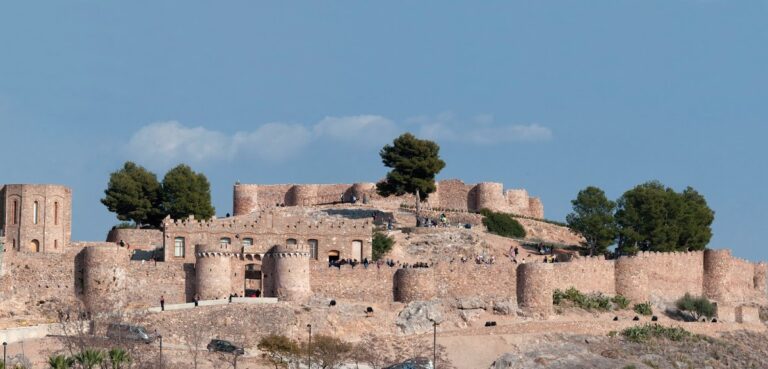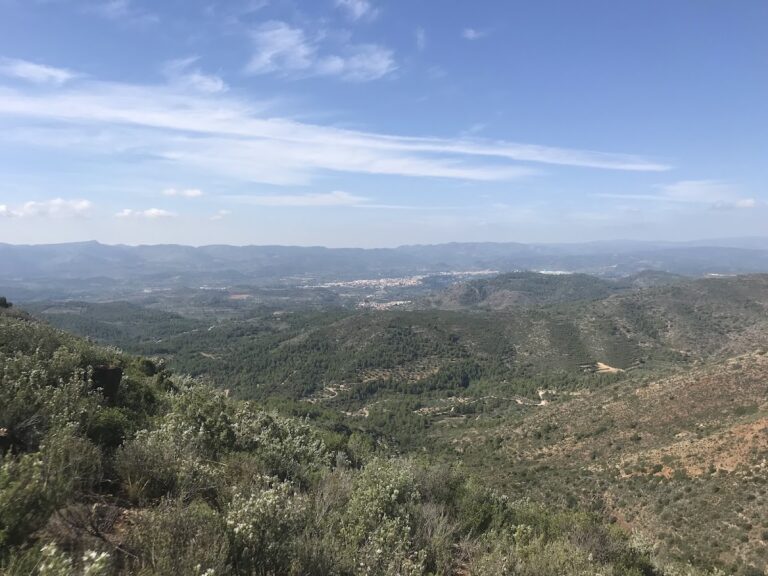Uixó Castle: A Historic Fortress in Vall de Uixó, Spain
Visitor Information
Google Rating: 4.6
Popularity: Low
Google Maps: View on Google Maps
Country: Spain
Civilization: Unclassified
Remains: Military
History
Uixó Castle stands on a hill near the town of Vall de Uixó in Spain and was originally constructed by Muslim builders between the 10th and 13th centuries. Its origins trace back to a time when the site formed part of a strategic defensive position within the Iberian Peninsula.
The settlement around the castle, now known as Vall de Uixó, dates back to Roman times, although the name itself comes from the valley once occupied by the villages of Castro and its castle. These villages largely vanished following the expulsion of the Moriscos—Muslim converts to Christianity—in 1609, which caused significant depopulation in the area.
Muslim forces held the castle after the conquest of the valley by King Jaime I in 1238. They maintained control for over a century until their surrender in 1350. Following this, Jaime I issued a charter that allowed the Muslim inhabitants to continue practicing their religion, maintain their customs, and use their laws, reflecting a period of relative tolerance that lasted with minor changes until the Morisco expulsion.
After the Moriscos were expelled in 1609, the region experienced a decline in population. In 1612, efforts were made to repopulate the area with settlers from the Maestrazgo of Montesa. These new inhabitants became vassals of the Cardona family, specifically the Dukes of Segorbe, marking a new social and administrative era in the castle’s history.
In the late 13th century, significant rebuilding took place under master builder Guillermo (Guillem) de Barcelona. One notable project from this time was the construction of a “covered house,” a shelter intended for lodging within the castle complex, officially documented by a royal decree dated 1287.
Centuries later, during the Spanish Civil War in the 20th century, the castle regained military importance. It served as an operational center within the XYZ defensive line, reinforcing its longstanding strategic role.
Since March 30, 2005, Uixó Castle has been recognized as a protected cultural heritage site under the designation Bien de Interés Cultural, acknowledging its historical and archaeological significance.
Remains
Uixó Castle is situated atop an isolated hill, with access routes known as the Anogueret path and the Fuente de la Cañeta way leading toward the nearby Tossal de la Noguera. The fortress occupies a roughly rectangular area measuring about 90 meters in length and 60 meters in width, enclosed by walls that mostly remain intact today.
Constructed using rammed earth—a building technique involving compacted soil known locally as tapial—raised on a sturdy stone foundation, the castle’s walls include a well-preserved northern section with a walkable battlement and some surviving parapets. These defensive features suggest well-planned fortifications designed for both surveillance and protection.
Inside the main enclosure, there exists a smaller complex of buildings, including structures that served as cisterns for water storage and designated storage areas. The storage portion was more heavily fortified, hinting at its importance and its probable proximity to the “covered house” mentioned in 13th-century records, which provided lodging within the castle.
Surrounding the castle itself are the remains of a third, larger stone enclosure measuring approximately 250 by 110 meters. Within this outer perimeter lie traces of houses, found both inside and outside the walls, indicating a wider settlement area connected to the castle’s functioning.
Archaeological finds such as ceramic fragments embedded in the wall partitions have been essential for dating the castle’s early phase of construction, supporting its origins between the 10th and 12th centuries. These findings complement the historical records of later additions and reconstructions carried out during the late 1200s.
Together, these elements offer a comprehensive picture of the castle’s layout and development, reflecting a site that was adapted over several centuries to meet changing military, administrative, and residential needs while maintaining its imposing presence on the landscape.





